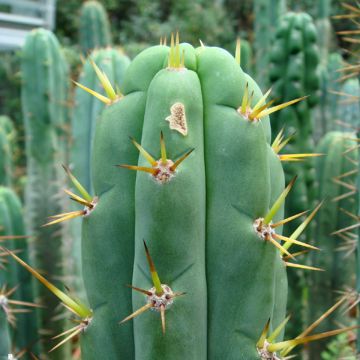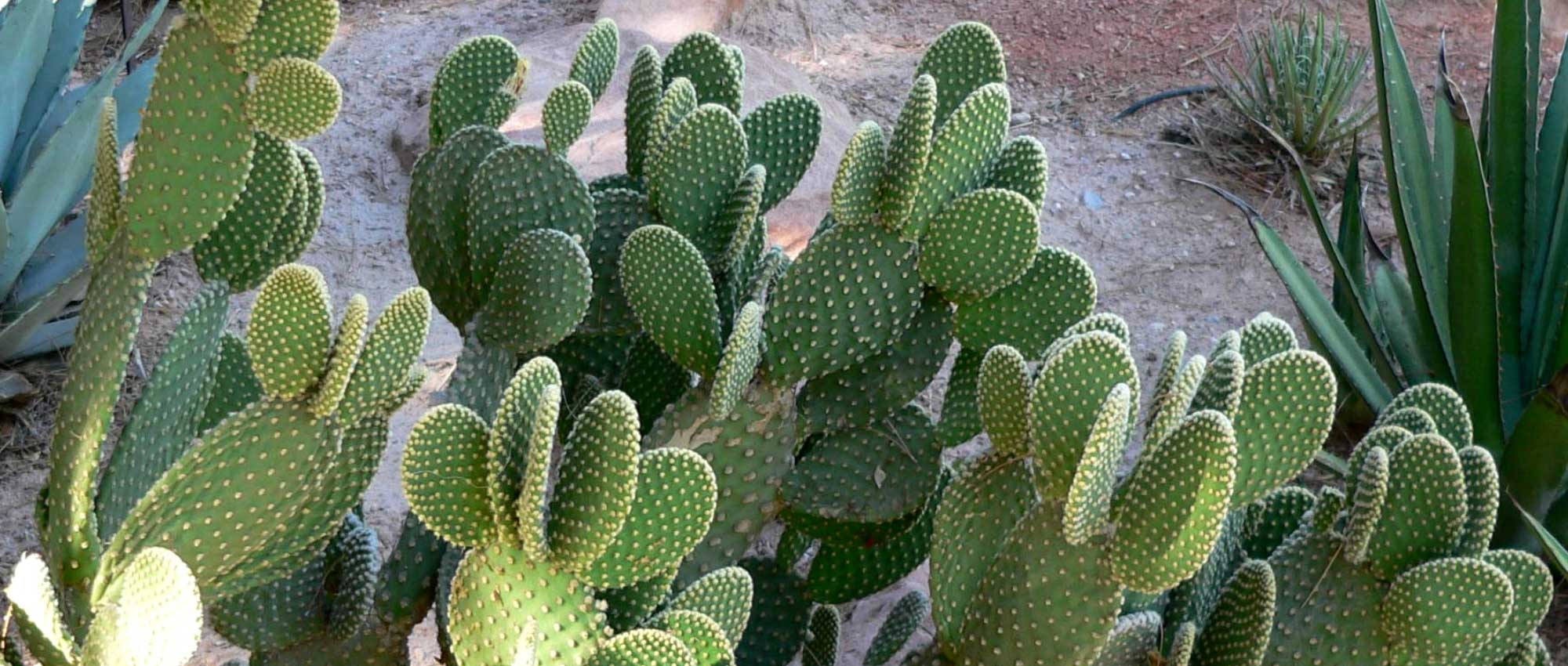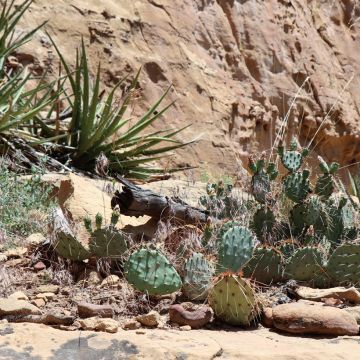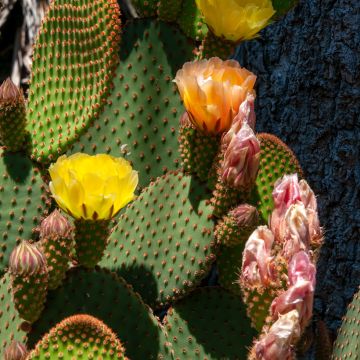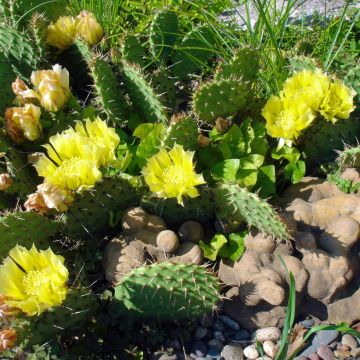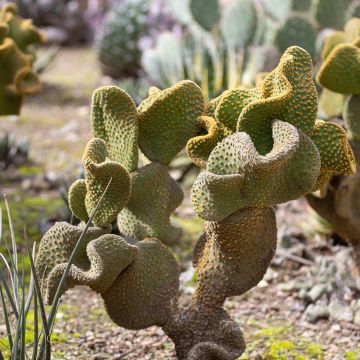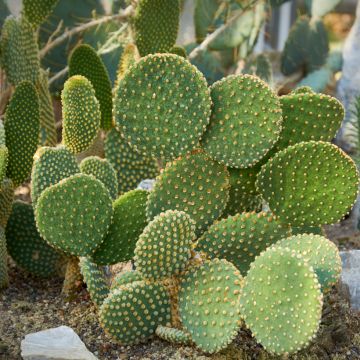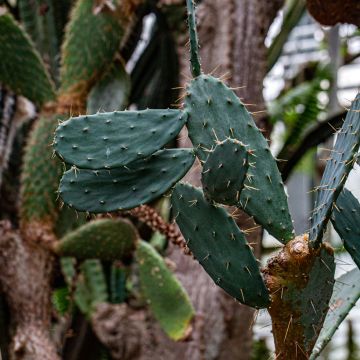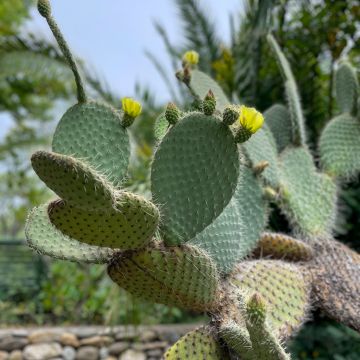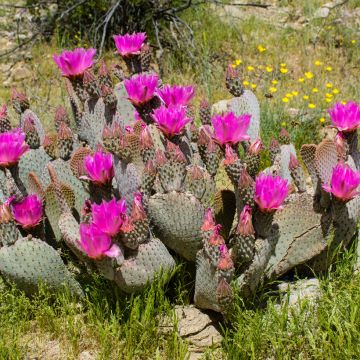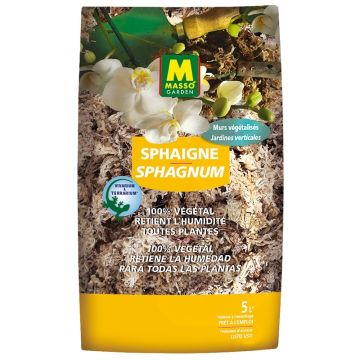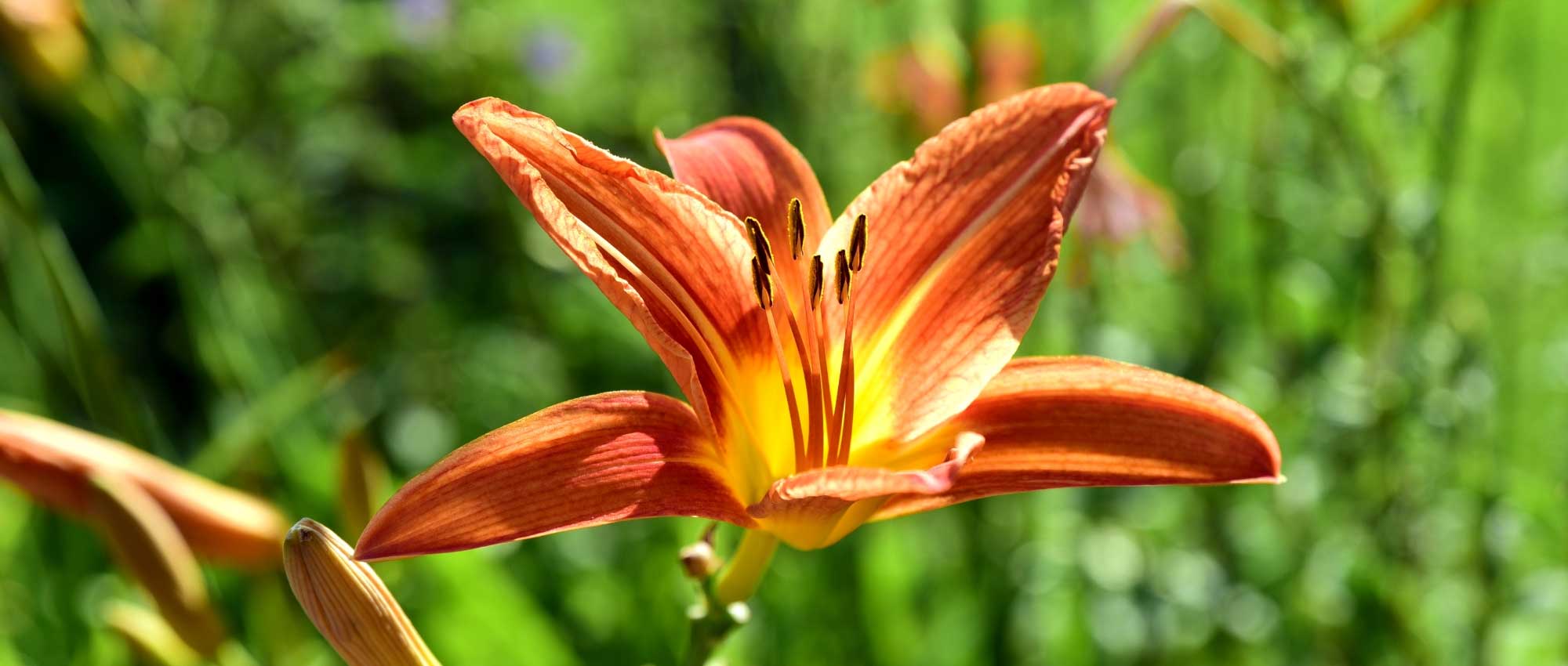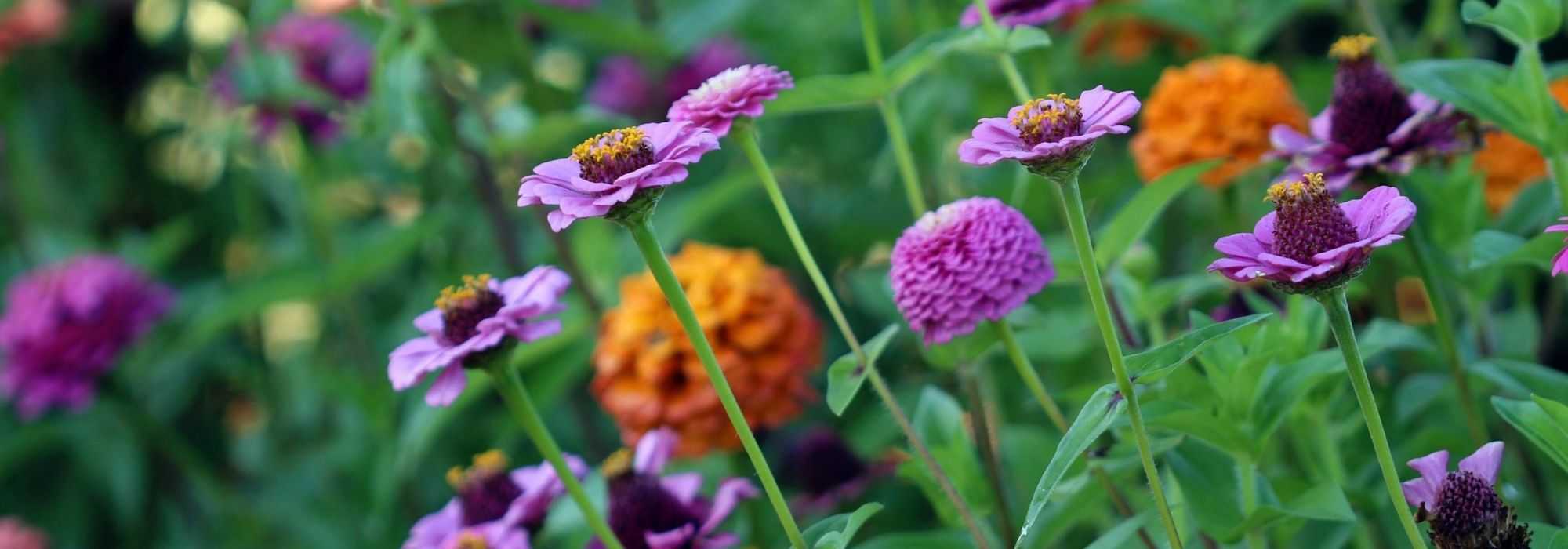

San Pedro cactus - Trichocereus pachanoi
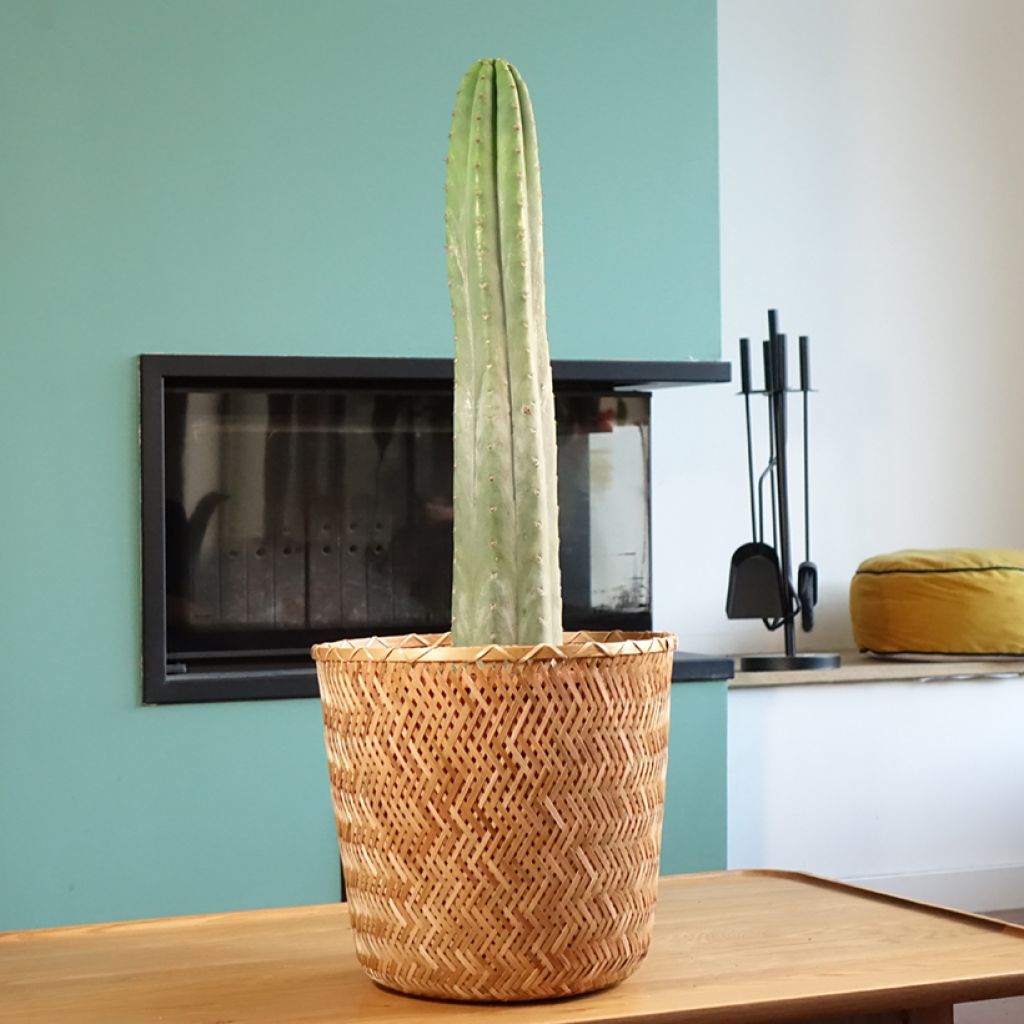

San Pedro cactus - Trichocereus pachanoi


San Pedro cactus - Trichocereus pachanoi
San Pedro cactus - Trichocereus pachanoi
Trichocereus pachanoi
San Pedro cactus
Special offer!
Receive a €20 voucher for any order over €90 (excluding delivery costs, credit notes, and plastic-free options)!
1- Add your favorite plants to your cart.
2- Once you have reached €90, confirm your order (you can even choose the delivery date!).
3- As soon as your order is shipped, you will receive an email containing your voucher code, valid for 3 months (90 days).
Your voucher is unique and can only be used once, for any order with a minimum value of €20, excluding delivery costs.
Can be combined with other current offers, non-divisible and non-refundable.
Why not try an alternative variety in stock?
View all →This plant carries a 12 months recovery warranty
More information
We guarantee the quality of our plants for a full growing cycle, and will replace at our expense any plant that fails to recover under normal climatic and planting conditions.
Would this plant suit my garden?
Set up your Plantfit profile →
Description
The San Pedro Cactus (Trichocereus pachanoi) is a tall columnar candelabra species native to the Andes, which is relatively uncommon in cultivation despite being prized for its relatively rapid growth and respectable resistance to dry cold. Its emerald-green stems, with well-defined midribs, bear small, short thorns or are sometimes thornless. In summer, it produces large, fragrant, nocturnal white flowers. It is not difficult to grow in full sun and very well-draining soil. Hardy down to -8°C at its limit, it tolerates drought but dislikes excessive moisture. In the ground, it structures dry gardens, while in pots, it decorates patios and conservatories.
Trichocereus pachanoi (syn. Echinopsis pachanoi) belongs to the Cactaceae family. Native to the Andean regions of South America, its natural range extends mainly from southern Ecuador to Peru, with occurrences reported in Bolivia and Colombia. This columnar cactus grows naturally at altitudes between 2,000 and 3,000 metres, often on well-drained rocky soils. Trichocereus pachanoi is characterised by fairly rapid growth, reaching up to 30 cm per year. In the ground, it can grow between 3 and 6 metres tall, with stems varying from 6 to 15 cm in diameter. When grown in pots, its size is generally more modest, depending on growing conditions and available space. This cactus has fleshy, emerald-green stems, sometimes glaucous or greyish, typically with 6 to 8 well-defined midribs. The areoles, spaced about 2 cm apart along the midribs, bear small yellow to light brown thorns, usually between 0.5 and 2 cm long. The flowers, which appear mainly in summer (from June to July in the Northern Hemisphere), are very large, white, fragrant and nocturnal. They measure up to 20 cm in diameter. After pollination, carried out in the wild by bats or nocturnal insects, this cactus produces oblong, green fruits, about 5 to 6 cm long and 3 cm in diameter. Although these fruits are rarely eaten, they are considered edible. The San Pedro Cactus can flower in our climates, but its flowering in cultivation is relatively rare. This cactus typically reaches flowering maturity around 10 years of age. To encourage flowering, it is essential to replicate its natural habitat conditions as closely as possible. This includes full sun exposure, well-drained soil, and moderate watering during the active growing season (spring and summer), while reducing watering in winter to avoid excess moisture. Additionally, a winter rest period with cooler temperatures may stimulate flowering.
The root system of Trichocereus pachanoi is fibrous and extensive, allowing it to efficiently capture water in arid environments. Note its traditional use in the medicinal and spiritual practices of Andean cultures for over 3,000 years. It is notably employed in ritual ceremonies for its psychoactive properties, due to the presence of mescaline.
The San Pedro Cactus, with its slender columns, makes a striking architectural statement in a dry garden or large rockery. It structures the space, whether planted as a standalone centrepiece or integrated into a more complex composition. It is perfect for desert-style settings where architectural forms dominate. In the ground, it pairs well with agaves featuring symmetrical rosettes, such as Agave ovatifolia, with its soft grey-blue tones. To soften the rigidity of its lines, it can be surrounded by Dasylirion wheeleri, with its fine, flexible leaves, or Stipa pulcherrima, whose gentle waves create a natural counterpoint. In pots, on a sunny patio or balcony, it gains elegance when paired with more compact, sculptural forms. For a more exotic effect, it can be placed near an Aloe polyphylla, whose hypnotic spirals add fascinating dynamism to the arrangement. In these compositions, the San Pedro Cactus becomes a true anchor point, a powerful living sculpture that interacts with light and space.
San Pedro cactus - Trichocereus pachanoi in pictures
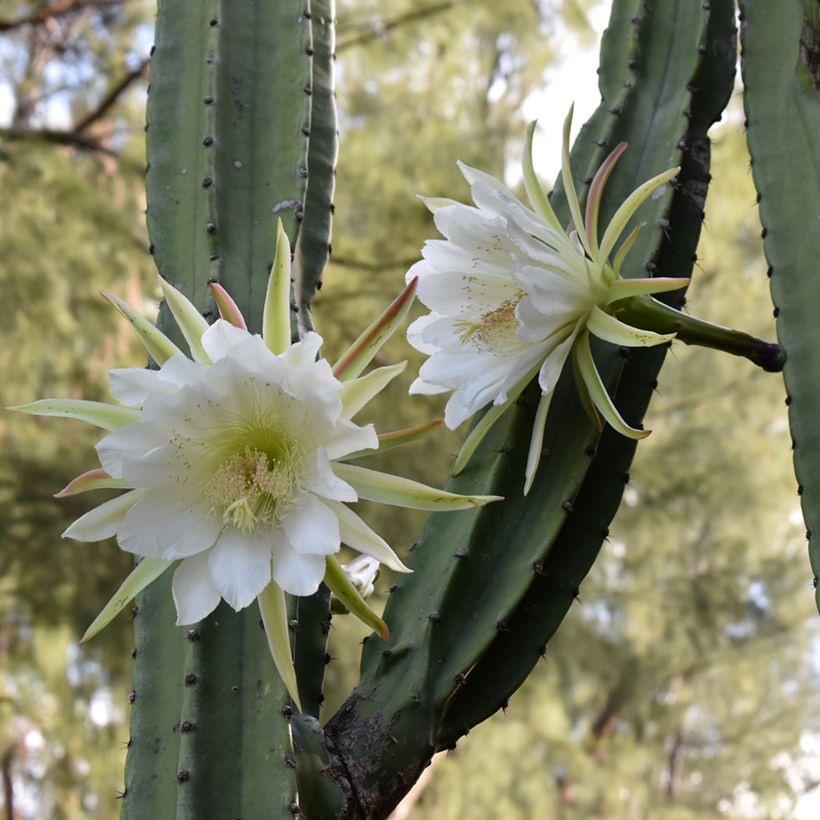



Flowering
Foliage
Plant habit
Botanical data
Trichocereus
pachanoi
Cactaceae
San Pedro cactus
Echinopsis pachanoi
Andes Mountains, South America
Other Trichocereus - Cactus
View all →Planting and care
Handle your San Pedro cactus with gloves and protective goggles.
Echinopsis pachanoi is a plant native to the Andes. Its cultivation requires special attention, whether in the ground or in pots.
Outdoor cultivation:
Trichocereus pachanoi is hardy down to approximately -10°C (briefly) in dry and very well-drained soil. However, its cold resistance depends heavily on soil moisture. It is therefore essential to plant it in very well-drained soil, ideally on a slope or mound to facilitate water drainage. A south-facing exposure is recommended to maximise sunlight. This species is adapted to arid climates and does not tolerate excessive moisture, especially in winter. Consequently, outdoor cultivation is mainly reserved for the warmest and driest regions where it is possible to grow it outdoors, provided it is protected from excess moisture.
Pot cultivation:
For regions with harsher or wetter winters, pot cultivation is preferable. Use a very well-draining substrate, composed of a mix of cactus compost and coarse sand or gravel, for example. Wide, shallow pots are well-suited to its root system. It is advisable to add a layer of drainage gravel at the bottom of the pot to improve drainage. Place the pot in a very bright spot, ideally in full sun, during the growth period. In winter, reduce watering to a minimum and keep the plant dry, in a cool place but protected from frost. This winter dormancy period is crucial for its health and promotes flowering.
General advice:
-
Watering: during the growth period (spring and summer), water moderately when the substrate is dry on the surface. In autumn and winter, drastically reduce watering to avoid root rot.
-
Fertilisation: Apply a diluted cactus fertiliser once a month during the growth period.
-
Repotting: Repot every 2 to 3 years in spring, renewing the substrate to ensure good root aeration.
Planting period
Intended location
Care
Planting & care advice
This item has not been reviewed yet - be the first to leave a review about it.
Haven't found what you were looking for?
Hardiness is the lowest winter temperature a plant can endure without suffering serious damage or even dying. However, hardiness is affected by location (a sheltered area, such as a patio), protection (winter cover) and soil type (hardiness is improved by well-drained soil).

Photo Sharing Terms & Conditions
In order to encourage gardeners to interact and share their experiences, Promesse de fleurs offers various media enabling content to be uploaded onto its Site - in particular via the ‘Photo sharing’ module.
The User agrees to refrain from:
- Posting any content that is illegal, prejudicial, insulting, racist, inciteful to hatred, revisionist, contrary to public decency, that infringes on privacy or on the privacy rights of third parties, in particular the publicity rights of persons and goods, intellectual property rights, or the right to privacy.
- Submitting content on behalf of a third party;
- Impersonate the identity of a third party and/or publish any personal information about a third party;
In general, the User undertakes to refrain from any unethical behaviour.
All Content (in particular text, comments, files, images, photos, videos, creative works, etc.), which may be subject to property or intellectual property rights, image or other private rights, shall remain the property of the User, subject to the limited rights granted by the terms of the licence granted by Promesse de fleurs as stated below. Users are at liberty to publish or not to publish such Content on the Site, notably via the ‘Photo Sharing’ facility, and accept that this Content shall be made public and freely accessible, notably on the Internet.
Users further acknowledge, undertake to have ,and guarantee that they hold all necessary rights and permissions to publish such material on the Site, in particular with regard to the legislation in force pertaining to any privacy, property, intellectual property, image, or contractual rights, or rights of any other nature. By publishing such Content on the Site, Users acknowledge accepting full liability as publishers of the Content within the meaning of the law, and grant Promesse de fleurs, free of charge, an inclusive, worldwide licence for the said Content for the entire duration of its publication, including all reproduction, representation, up/downloading, displaying, performing, transmission, and storage rights.
Users also grant permission for their name to be linked to the Content and accept that this link may not always be made available.
By engaging in posting material, Users consent to their Content becoming automatically accessible on the Internet, in particular on other sites and/or blogs and/or web pages of the Promesse de fleurs site, including in particular social pages and the Promesse de fleurs catalogue.
Users may secure the removal of entrusted content free of charge by issuing a simple request via our contact form.
The flowering period indicated on our website applies to countries and regions located in USDA zone 8 (France, the United Kingdom, Ireland, the Netherlands, etc.)
It will vary according to where you live:
- In zones 9 to 10 (Italy, Spain, Greece, etc.), flowering will occur about 2 to 4 weeks earlier.
- In zones 6 to 7 (Germany, Poland, Slovenia, and lower mountainous regions), flowering will be delayed by 2 to 3 weeks.
- In zone 5 (Central Europe, Scandinavia), blooming will be delayed by 3 to 5 weeks.
In temperate climates, pruning of spring-flowering shrubs (forsythia, spireas, etc.) should be done just after flowering.
Pruning of summer-flowering shrubs (Indian Lilac, Perovskia, etc.) can be done in winter or spring.
In cold regions as well as with frost-sensitive plants, avoid pruning too early when severe frosts may still occur.
The planting period indicated on our website applies to countries and regions located in USDA zone 8 (France, United Kingdom, Ireland, Netherlands).
It will vary according to where you live:
- In Mediterranean zones (Marseille, Madrid, Milan, etc.), autumn and winter are the best planting periods.
- In continental zones (Strasbourg, Munich, Vienna, etc.), delay planting by 2 to 3 weeks in spring and bring it forward by 2 to 4 weeks in autumn.
- In mountainous regions (the Alps, Pyrenees, Carpathians, etc.), it is best to plant in late spring (May-June) or late summer (August-September).
The harvesting period indicated on our website applies to countries and regions in USDA zone 8 (France, England, Ireland, the Netherlands).
In colder areas (Scandinavia, Poland, Austria...) fruit and vegetable harvests are likely to be delayed by 3-4 weeks.
In warmer areas (Italy, Spain, Greece, etc.), harvesting will probably take place earlier, depending on weather conditions.
The sowing periods indicated on our website apply to countries and regions within USDA Zone 8 (France, UK, Ireland, Netherlands).
In colder areas (Scandinavia, Poland, Austria...), delay any outdoor sowing by 3-4 weeks, or sow under glass.
In warmer climes (Italy, Spain, Greece, etc.), bring outdoor sowing forward by a few weeks.






























